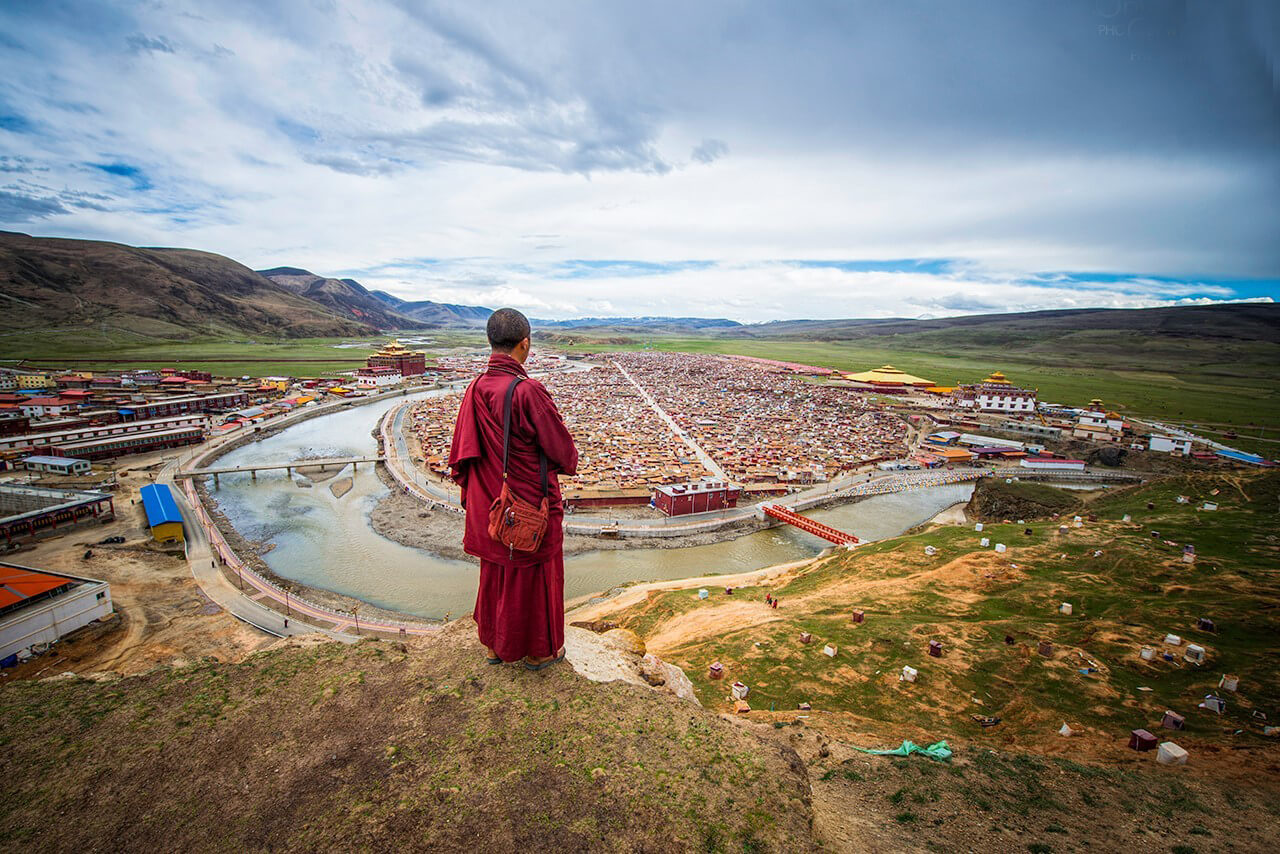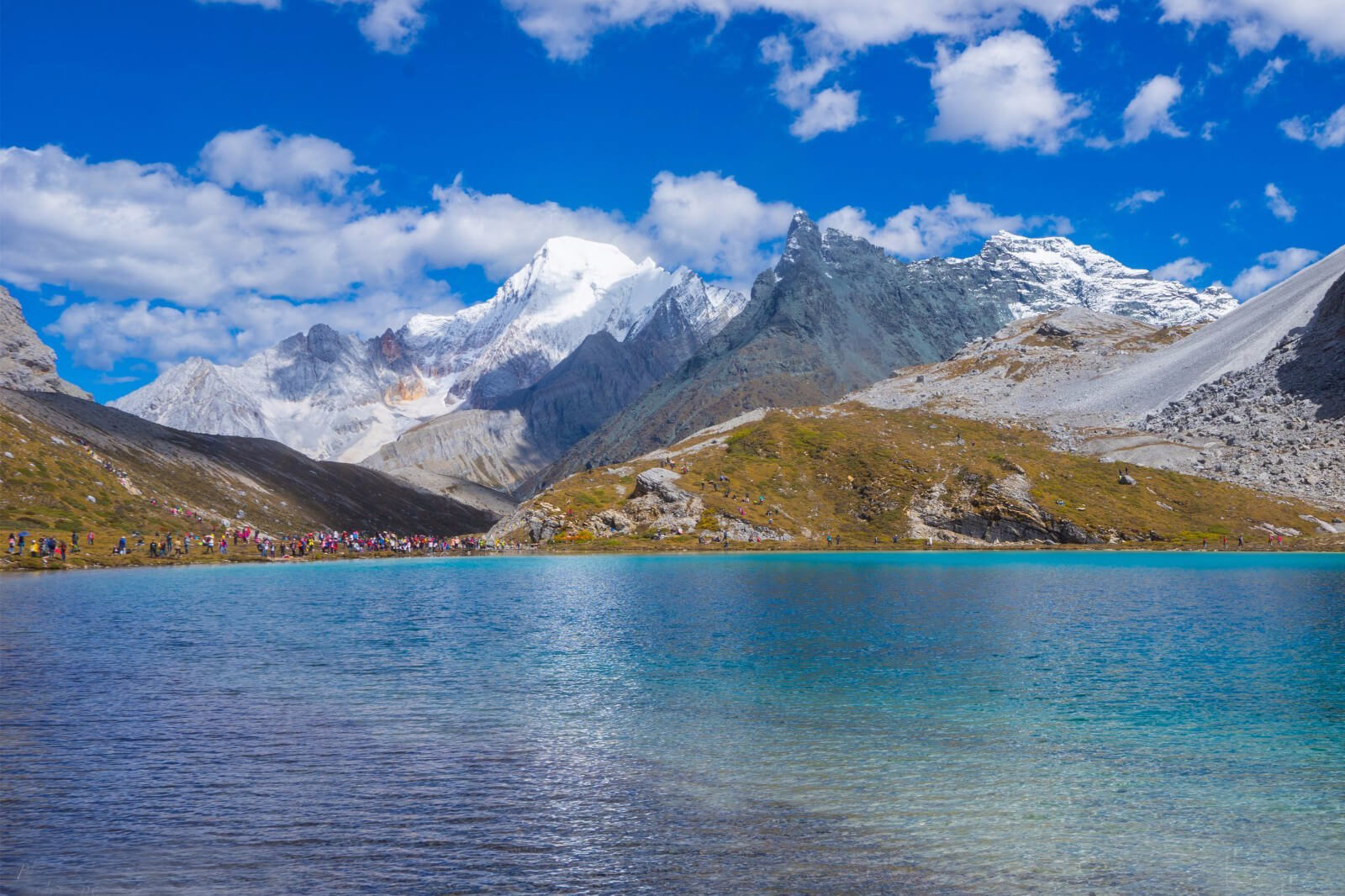Western Sichuan
The West Sichuan encompasses parts of the Sichuan province and the Tibetan plateau.
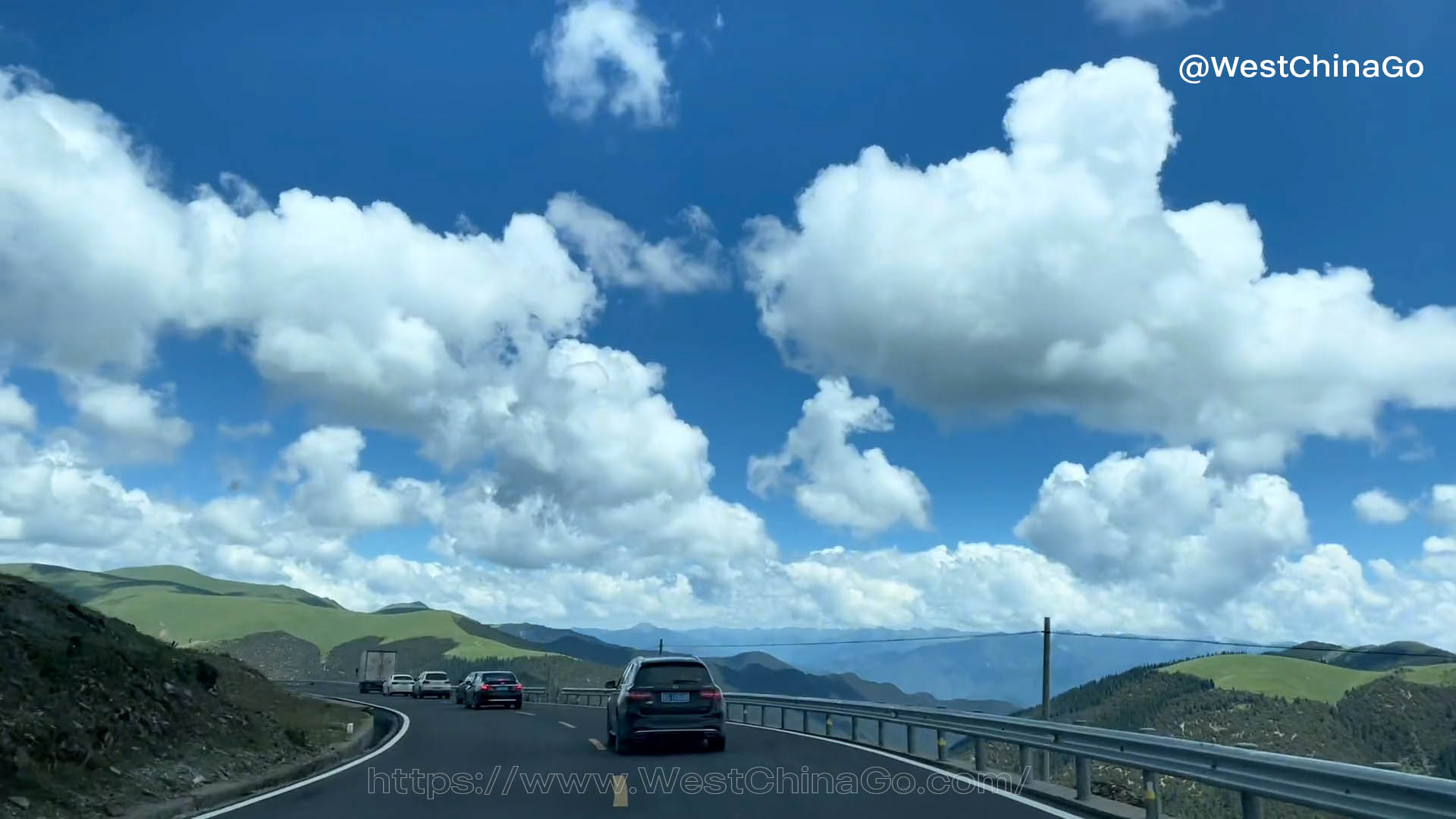
Why West Sichuan is SO Attractive
- Towering mountains
- West Sichuan is home of the snow-capped peaks of the Himalayas, which dominate the skyline in many parts of the region.
- Mount Gongga, also known as Minya Konka, is the highest peak in the region, standing at an elevation of 7,556 meters (24,790 feet),is the third-highest peak in China after Mount Everest and K2.
- Deep gorges, waterfalls , lakes and grassland
- It’s home to a number of important rivers, including the Yangtze, the Yalong, and the Dadu.
- These rivers cut through the rugged terrain of the region, creating deep gorges and spectacular waterfalls and lakes
- Rich Tibetan cultural heritages
- West Sichuan used to be the East of Tibet, it is the second largest Tibetan population outside Tibet.
- Visitors can explore traditional Tibetan villages, monasteries, and temples.
- The city of Kangding, also known as the “Gateway to Tibet,” is a popular destination for tourists and a center of Tibetan culture in the region.
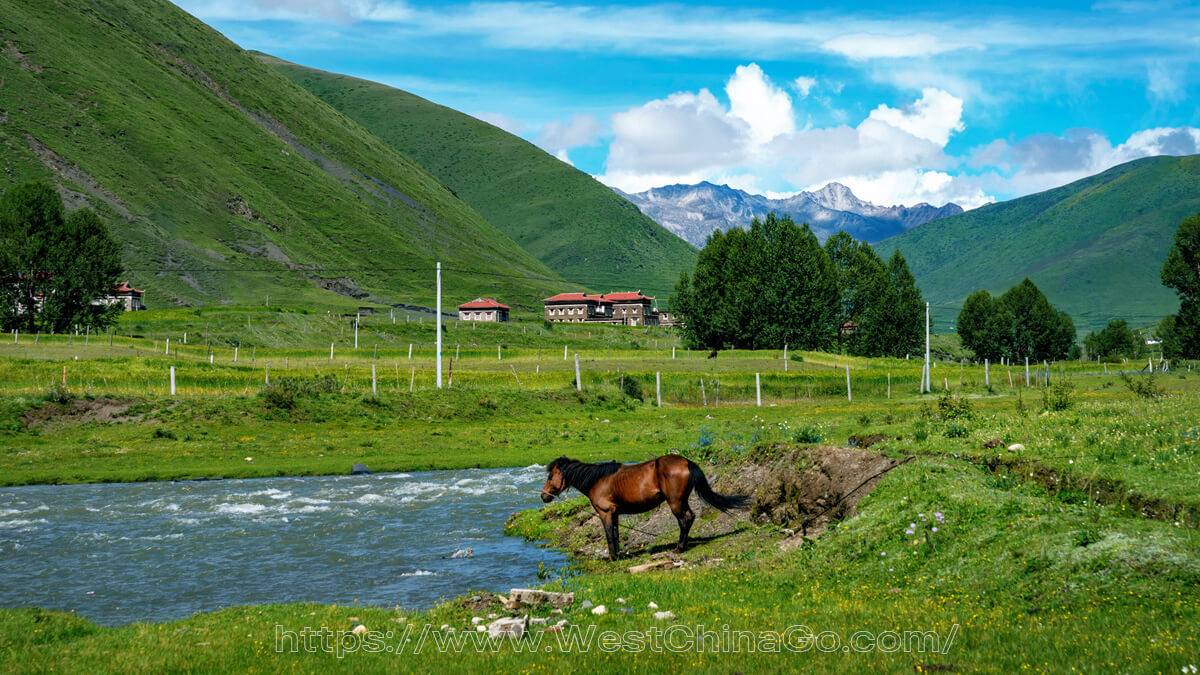
Classic Travel Itineraries of West Sichuan
1.Jiuzhaigou and Huanglong National Parks
This itinerary typically involves a three to four-day trip to visit the beautiful Jiuzhaigou National Park, with its turquoise lakes, waterfalls, and lush forests, as well as the otherworldly Huanglong National Park, with its stunning calcified terraced pools.
2.Kangding and Mount Gongga
This itinerary usually includes a visit to the historic city of Kangding, which is known for its Tibetan culture and architecture, and a trekking trip to explore the stunning natural beauty of Mount Gongga, the highest peak in the region.
3.Western Sichuan Tibetan Circuit
This itinerary typically involves a multi-day road trip through the western Sichuan region, visiting highlights such as Danba and Tagong, with their beautiful Tibetan villages, and Yading Nature Reserve, with its towering snow-capped peaks, crystal-clear lakes, and vibrant meadows.
4.Sichuan Tea Horse Road
This itinerary typically involves a multi-day trek along the ancient Tea Horse Road, a trade route that connected the tea-producing regions of southern China with Tibet and beyond, visiting highlights such as Shangri-La, Benzilan, and Yubeng.
5.Sichuan to Tibet Overland Tour
The 318 national road, known as Sichuan-Tibet Highway, is one of the highest and most scenic highways in the world, with breathtaking views of snow-capped mountains, deep valleys, and pristine lakes.
The total distance of the 318 National Road from Chengdu to Lhasa is approximately 2,142 kilometers (1,330 miles), and the journey usually takes around 2 to 3 days by car or bus.
Along the way, travelers can stop at various scenic spots and cultural attractions, including Ya’an, Kangding, Litang, Batang, Markham, and Nyingchi.
Western Sichuan Tour
SiChuan Garzê Tibetan Autonomous Prefecture also known as Ganzi (Tibetan: དཀར་མཛེས་བོད་རིགས་རང་སྐྱོང་ཁུལ་, THL Kardzé Börik Rangkyongkhül; Chinese: 甘孜藏族自治州) — is an autonomous prefecture of China occupying the western arm of Sichuan. It is sometimes spelled “Kardzé” and “Garzin” by non-government sources.
The prefecture’s area is 151,078 square kilometres (58,332 sq mi). The population is approximately 880,000, with Tibetans accounting for 77.8% of the total population. The capital city of Garzê is Kangding (Dartsedo)
Garzê was traditionally part of the historical region of Kham.
During the period of rule by the Republic of China (1912–49), Garzê became nominally part of the province of Xikang, which included parts of former Kham.
In 1930, the Tibetan army invaded Garzê, capturing it without much resistance. However, in 1932, the Tibetan army withdrew after suffering defeats elsewhere at the hands of the warlord of Qinghai, Ma Bufang. Chinese warlord Liu Wenhui reoccupied Garzê, and signed an agreement with the Tibetans formalizing his control of the area east of the upper Yangtze, which corresponds roughly with eastern Kham.
In 1950, following the defeat of the Kuomintang forces by the People’s Liberation Army, the area fell within the control of the People’s Republic of China. Eastern Xikang was merged with Sichuan in 1955, where Garzê became an autonomous prefecture.

Western Sichuan Tourist Attractions
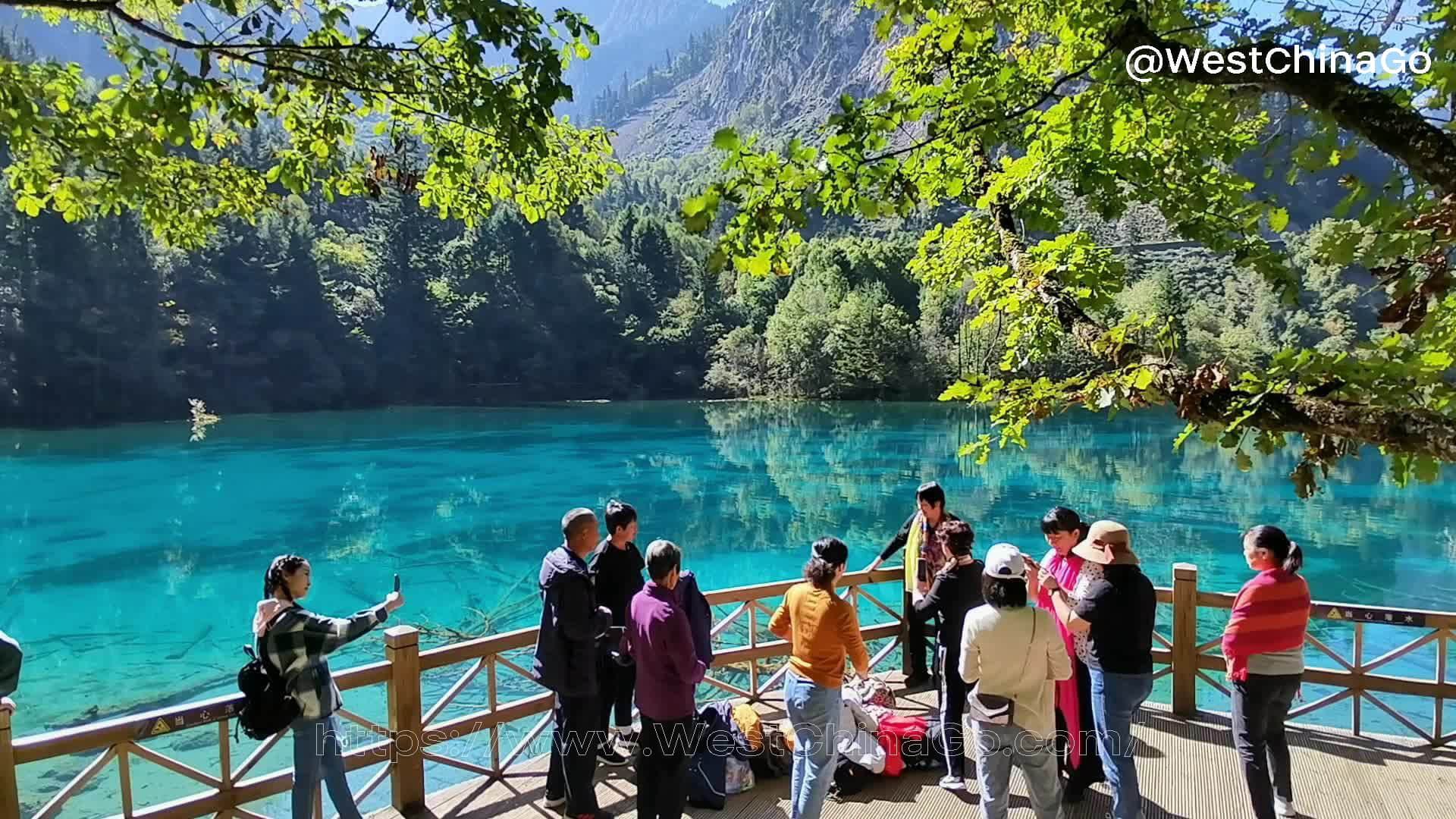
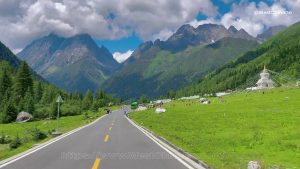
Four Girls Mountain
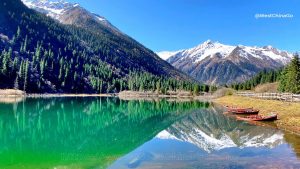
bipenggou
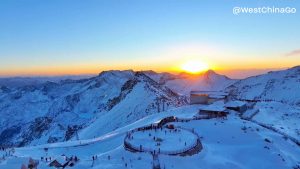
Dagu Glacier
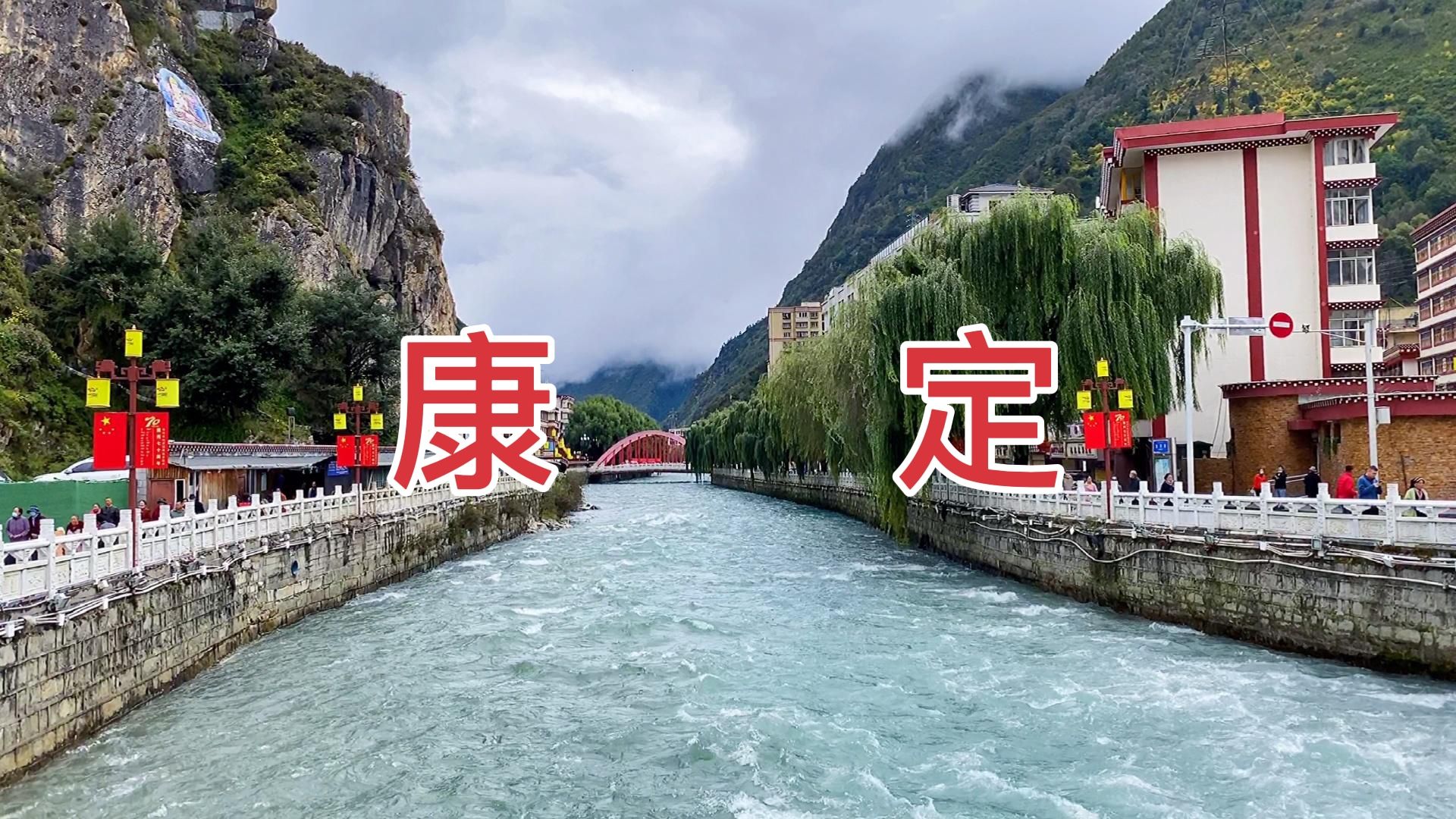
Kangding
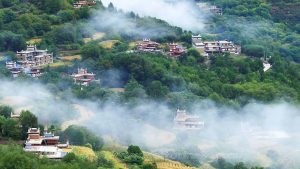
Danba
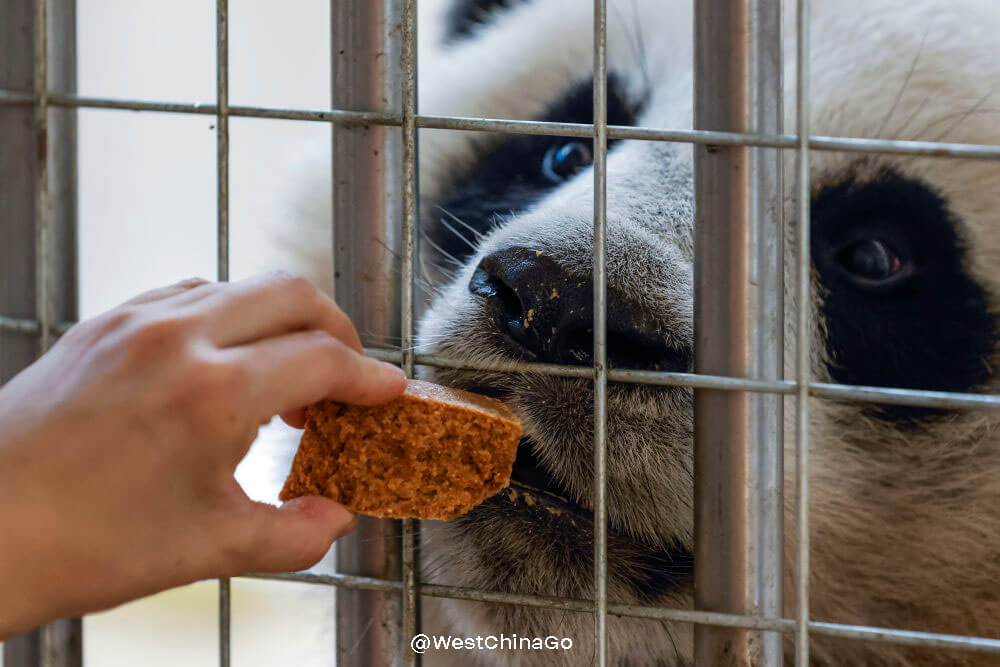
Wolong Panda
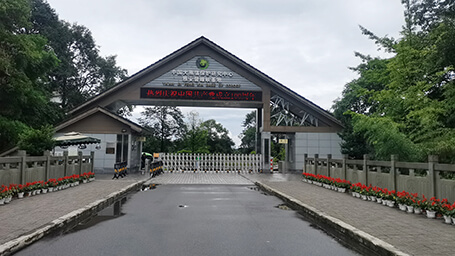
Yaan Bifengxia

Luding

Xinduqiao
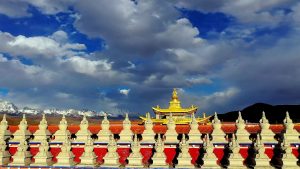
Tagong

Litang
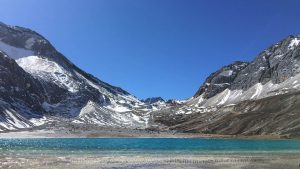
Daocheng Yading
Western Sichuan Tourist Map
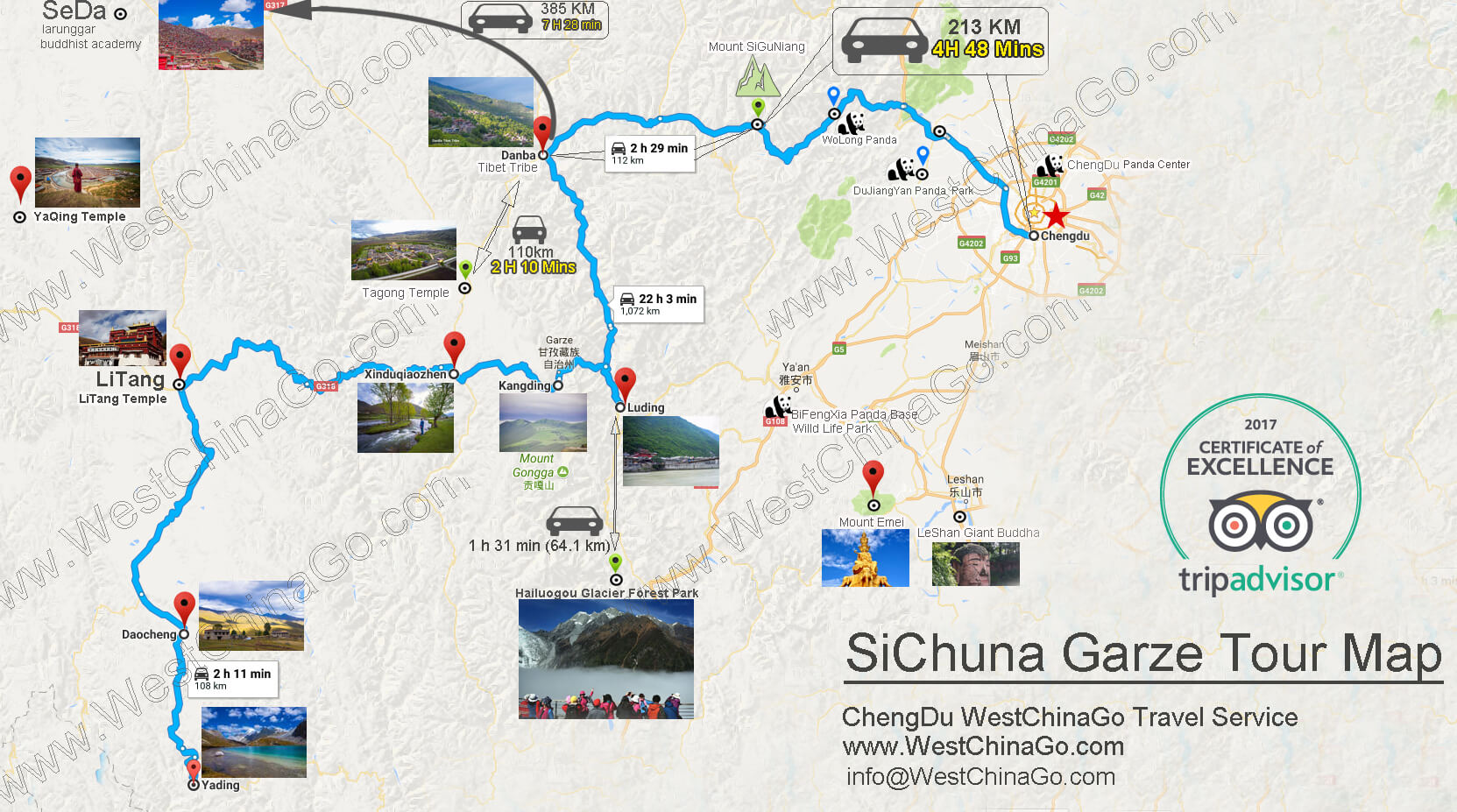
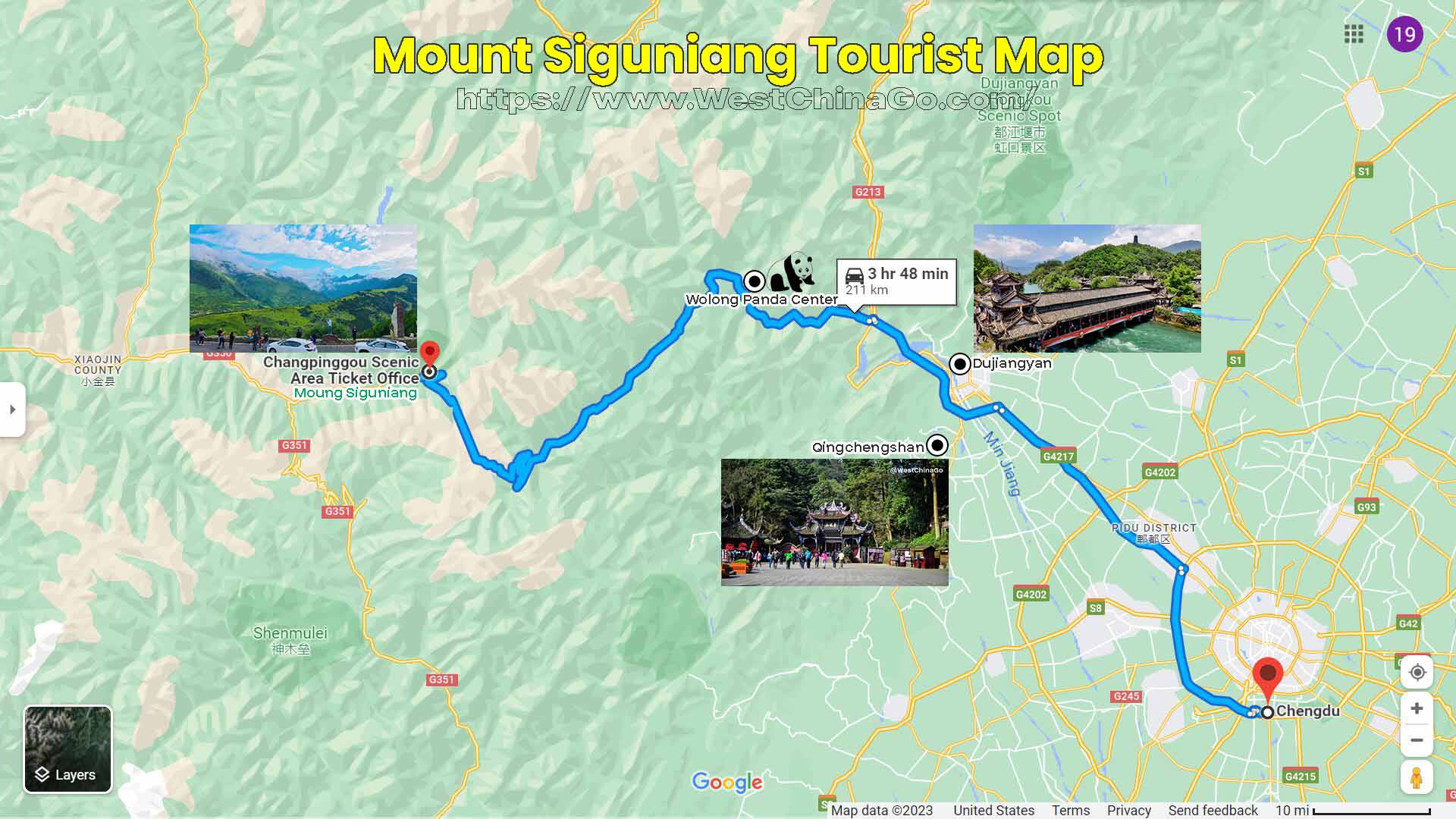

Western Sichuan Tour Video
Western Sichuan Tour Car Rental with Driver
